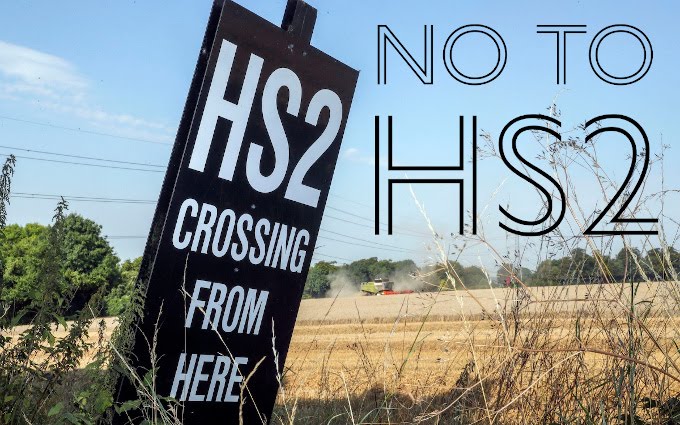"Train bosses have come under fire for not prosecuting a wealthy hedge fund manager who was described as the “biggest fare dodger in railway history”, evading more than £42,000 in train tickets.
The City executive is believed to have dodged the fare for the 82-minute commute between the Sussex village of Stonegate and central London for five years.
He exploited a flaw that allowed him to go through barriers at Cannon Street station in London by “tapping out” with an Oyster travelcard.
After finally being caught by a ticket inspector, the executive was able to pay £42,550 in dodged fares and £450 in legal costs within three days of being asked to pay up as part of an out-of-court settlement."
Daily Telegraph article
One has to admire the guy's ingenuity. One also has to question the competence of the people who set up the system, for not spotting the flaw. Perhaps they should employ him as a consultant to check the security of their systems in future.
14 Apr 2014
7 Apr 2014
Crossrail - one railway for the price of two
Expectations
of an imminent start on a new north-south rail line across London have
been damped, with the former chief executive of Network Rail warning
that no work on “Crossrail 2” will happen in the next decade. (FT article)
The route, on a south-west to north-east axis from Chelsea to Hackney, was first proposed as a tube line in 1901 and has popped up regularly ever since. Now Crossrail was also originally intended to relieve the congested Central Line and the northern part of the Circle Line. This could have been satisfied by building another tube line on roughly the present alignment from Paddington to Stratford. In an easterly direction, it might have continued to, perhaps, Woolwich, and at the westerly end, it might have run to Hammersmith, and possibly, eventually, Heathrow.
The London tube uses small 3.5 metre diameter tunnels and electrification by conductor rail. Crossrail, by contrast, is a full-sized railway with overhead electrification, requiring 6 metre tunnels. Thus, almost four times as much material has to be excavated, and costs cannot be less then double the cost of a tube line.
Thus, for the price of Crossrail 1, Londoners could have had both Crossrail 1 and Crossrail 2 for their money. Thus is the money wasted on over-specified infrastructure. How did this happen?
The route, on a south-west to north-east axis from Chelsea to Hackney, was first proposed as a tube line in 1901 and has popped up regularly ever since. Now Crossrail was also originally intended to relieve the congested Central Line and the northern part of the Circle Line. This could have been satisfied by building another tube line on roughly the present alignment from Paddington to Stratford. In an easterly direction, it might have continued to, perhaps, Woolwich, and at the westerly end, it might have run to Hammersmith, and possibly, eventually, Heathrow.
The London tube uses small 3.5 metre diameter tunnels and electrification by conductor rail. Crossrail, by contrast, is a full-sized railway with overhead electrification, requiring 6 metre tunnels. Thus, almost four times as much material has to be excavated, and costs cannot be less then double the cost of a tube line.
Thus, for the price of Crossrail 1, Londoners could have had both Crossrail 1 and Crossrail 2 for their money. Thus is the money wasted on over-specified infrastructure. How did this happen?
HS2 threatens wildlife habitats, MPs warn.
The Government should examine the option of the maximum speed being reduced from 225 mph to 185 mph to cut carbon emissions, says the House of Commons Environmental Audit Select Committee. The report calls for full environmental surveys along the length of the route and ringfencing of cash to preserve habitats. Guardian article.
Subscribe to:
Posts (Atom)
